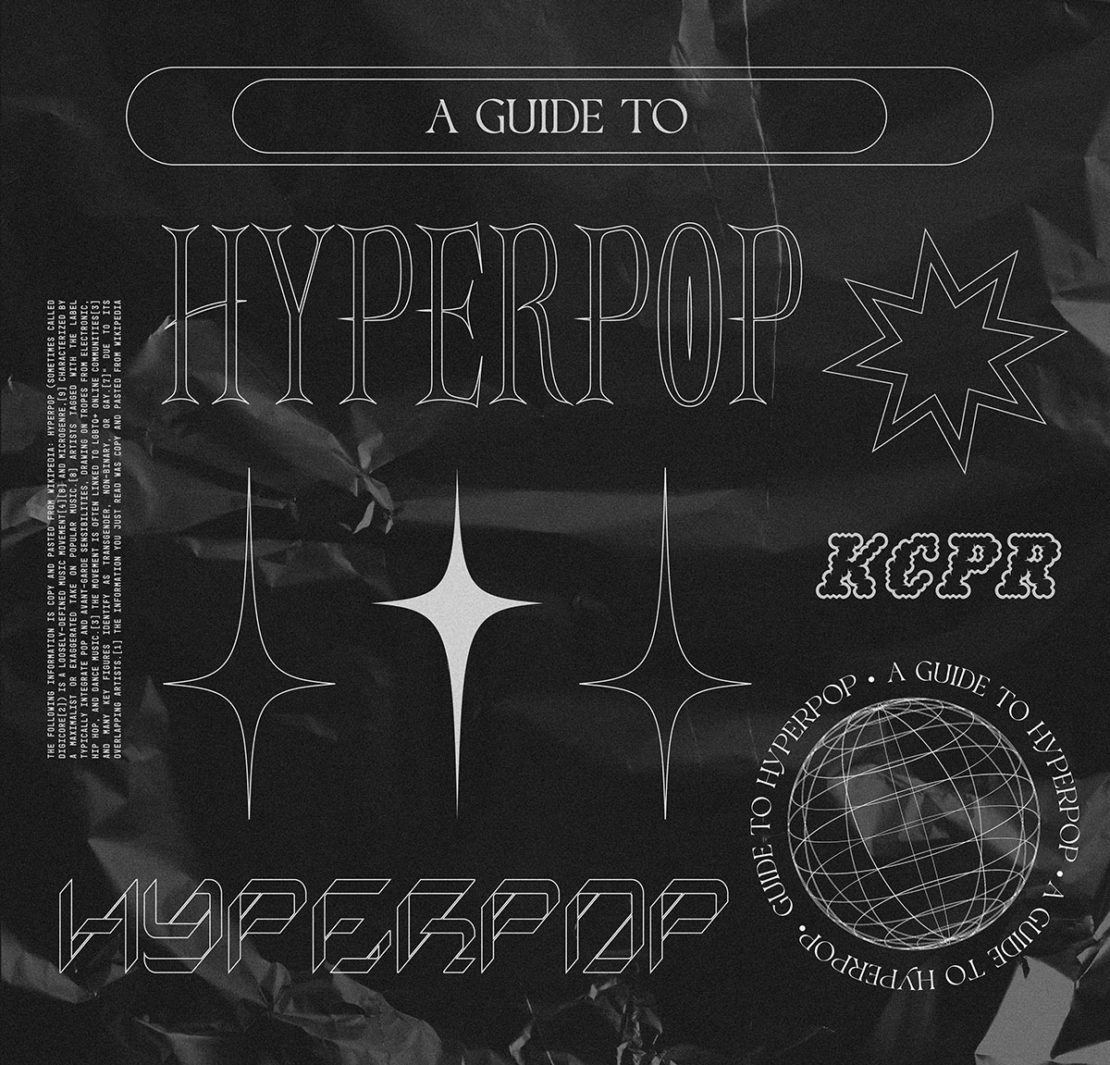Hyperpop can be viewed as the antecedent to the myriad blog-microgenres of the early-mid 2010s — like if vaporwave or cloud rap had a TikTok behemoth behind it. Especially seeing as how the label has been applied by music streaming platforms as a way to corral a specific scene into one genre, it is a little difficult to classify what hyperpop is. The Wikipedia page for the genre, for instance, lists 24 genres under the “Stylistic Origins” subheading. This guide touches on hyperpop’s early years, before the genre really crystallized, and some current touches.
Various Artists – “PC MUSIC Vol. 1” (2015)
The PC Music collective is the standard bearer for the pop side of hyperpop — this compilation displays songs from Hannah Diamond, Danny L Harle and A.G. Cook. The highlight of the album is “Beautiful,” a shining 3 minutes of pure pop, showing hyperpop’s knack for futurism by pushing the sounds of the present to the absolute limit.
Charli XCX – “Vroom Vroom” (2016)
As much as PC Music Vol. 1 brought to the table, the “Vroom Vroom” EP reflects the moment where hyperpop’s mainstream potential could be realized, thanks to Charli XCX establishing a once-in-a-lifetime creative chemistry with producer SOPHIE. It was a true best-of-both worlds exchange — Charli had never sounded as confident as an artist until embracing SOPHIE’s futuristic sound, and hyperpop received its first true superstar.
“Playboi Carti” – “Die Lit” (2018)
As much as the gleaming pop from PC Music represents one side of hyperpop, Playboi Carti’s 2018 release, “Die Lit,” stands as a perfect influence for hyperpop’s glitchier, more trap-inflected songs. “R.I.P.” in particular, with its broken-open low end and frenzied, buzzing synths reflects what artists like 100 gecs and Saorise dream are producing today.
When most people think of hyperpop, 100 gecs often comes to mind. It can be argued, even, that 100 gecs’ debut album “1000 gecs” coined the genre’s name to begin with after its meteoric success on streaming platforms; three months after its release, Spotify created the “Hyperpop” playlist with 100 gecs, A.G. Cook and others. “1000 gecs,” as a release, does share the kind of sonic exuberance and cartoonish surrealism as Cook’s or SOPHIE’s work but achieves it using drastically different means — instead of thinking about what pop music could sound like based off of a projected evolution of sonics, “1000 gecs” is a retrofuturist work. It imagines a future informed by the hallmarks of early-2010s pop radio-the plastic-wrapped cinder block drums, the infinite layers of supersaw synthesizers-and pushes them to their absolute limit. Even after serving as the Ur-text for legions of imitators, “1000 gecs” is still a thrilling listen.
Rustie – “Glass Swords” (2011)
“Glass Swords,” like “Die Lit”, serves as a key stylistic touchstone for future hyperpop releases. While ostensibly a dubstep release, its distillation of genres is what holds up the best — like most hyperpop artists today, Rustie jams as many ideas from disparate genres so long as they add to the continuous, song-after-song dopamine rush. Tonally, its frenetic maximalism is a key branching-off point for PC Music, and it still holds up even 10 years after its initial release. “Hover Traps”, in particular, displays the same kind of winking humor and into-the-red maximalism that inspires all shades of hyperpop.
Jordan Bates is a biochemistry major and a content writer and DJ for KCPR. Josie Doan is an art and design major and a designer for KCPR.


